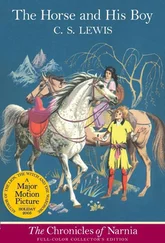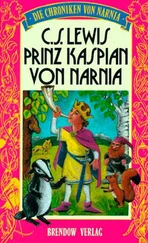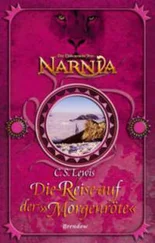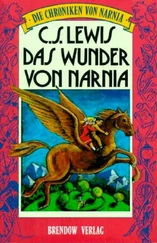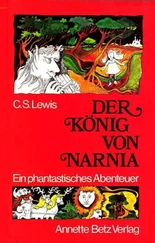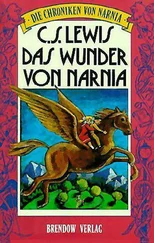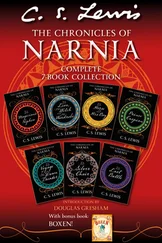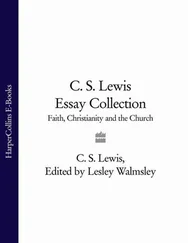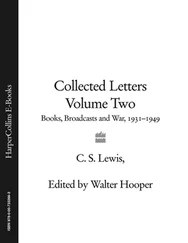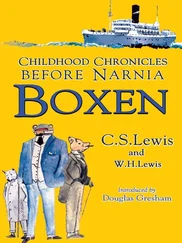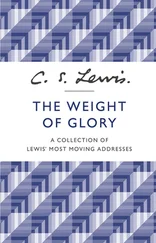208 The Figure of Arthur, Arthurian Torso , pp. 5-90.
209 That Hideous Strength , ch. 13, part V, p. 316: ‘None hears us save the last of the seven bears of Logres’; ch. 12, vi, p. 290: ‘Who knows what the technique of the Atlantean Circle was really like?’
210ibid., Preface, p. xii: ‘Those who would like to learn further about Numinor and the True West must (alas!) await the publication of much that still exists only in the MSS of my friend, Professor J. R. R. Tolkien.’ Lewis had in mind that work of Tolkien’s published as The Silmarillion , ed. Christopher Tolkien (London: Allen & Unwin, 1977), ‘Akallabêth: The Downfall of Numenor’, pp. 259-82. In a letter to Roger Lancelyn Green of 17 July 1971, in Green and Hooper, C. S. Lewis: A Biography , p. 210, Tolkien said: ‘With regard to “Numinor”, in the early days of our association Jack used to come to my house and I read aloud to him The Silmarillion so far as it had then gone…Numinor was his version of a name he had never seen written (Numenor) and no doubt was influenced by numinous.’
211The ‘romance’ was of course Tolkien’s trilogy, The Lord of the Rings: The Fellowship of the Ring (1954), The Two Towers (1954) and The Return of the King (1955).
212See Phoebe Heskethin the Biographical Appendix.
213Phoebe Hesketh, No Time for Cowards: Poems , Preface by Herbert Palmer (London: Heinemann, 1952).
214ibid., p. 8, ‘The Secret in the Stone’, 5.
215ibid., 10.
216ibid., p. 9, 49.
217ibid., ‘Zebras’, p. 39, 10-11.
218ibid., p. 81, ‘Retrospection’, 4-5: ‘Where half-hearts join while Time’s black finger races/Towards the evening train.’
219ibid., p. 72, ‘I Am Not Resigned’, 18.
220Richard Thomas Church (1893-1972), poet, critic and novelist, author of Over the Bridge (1955).
221Greeves’s dog.
222See the letter to Phoebe Hesketh of 4 October 1952.
223i.e., No Time for Cowards .
224The Rev. John Rowland, B. Sc, was writing from 115 Mackie Avenue, Brighton.
225The Northern Whig was a Belfast newspaper which began in 1824, and continued as Northern Whig and Belfast Post from 1919 until 1963 when it ceased publication.
226Vera Henry, Mrs Moore’s goddaughter, sometimes acted as housekeeper for the Lewis brothers.
227Roger Lancelyn Green, A. E. W. Mason, 1865-1948 (London: M. Parrish, 1952).
228‘trust one who has experience’.
*who has a suspicious headache himself at the moment. Who knows!…
229This letter was published in the Church Times , CXXXV (24 October 1952), p. 763, under the title ‘Canonization’.
230See Eric Pitt, ‘Canonization, Church Times , CXXXV (17 October 1952), p. 743.
231 The Catholic Encyclopedia: An International Work of Reference on the Constitution, Doctrine, Discipline, and History of the Catholic Church , 15 vols, ed. Charles G. Herbermann, etc. (New York: Robert Appleton Co., 1907-12).
232A theological term signifying the honour paid to the saints.
233John Oliver Reed (1929-) was born on 16 December 1929 in London, the son of E O. Reed. In 1941 he was awarded, on the result of the Junior County Scholarship Examination, a Foundation Scholarship to Bancroft’s School, Woodford. In December 1946 he was elected on examination to a Demyship at Magdalen College, Oxford. Before going up to Oxford he did his National Service, arriving at Magdalen in 1949. There he read English under Lewis, taking his BA in 1952. Reed was briefly an assistant master at Winchester College, after which he held assistant lectureships at the University of Edinburgh and at Kings College, London. From 1957 until he retired in 1996 he taught at universities in Africa and the Far East. See the letter to Reed of 8 July 1947 in the Supplement.
234This letter to Reed is written on a letter Lewis received from A. R. Woolley, Educational Secretary of the Oxford University Appointments Committee, dated 24 October 1952. Woolley said: ‘The Headmaster of Winchester tells me that he will need to appoint either in 1953 or 1954 a man with a good degree in English…If there is anyone among your pupils who you think might be interested in this opening I wonder if you would kindly suggest to him that he make an appointment to come and see me.’
235At this time Reed was in Oxford beginning a B. Litt. degree. Following Lewis’s suggestion, he sought the advice of the President of Magdalen College, Thomas Sherrer Ross Boase (1898-1974). In the end Reed was advised to give up work on his B. Litt. and take the job at Winchester College which began in January 1953. By mid 1953 he had accepted an appointment at the University of Edinburgh.
236See the letter to Hesketh of 4 October 1952.
237Mrs Johnson was given the pseudonym ‘Mrs Ashtorï in L .
238Mrs Johnson asked ‘What is your correct title?’ The following notes indicate the questions she asked (the original of her list is in the Wade Center).
239‘Do people get another chance after death? I refer to Charles Williams.’
240‘What would happen if I had died an atheist?’
241‘What happens to Jews who are still waiting for the Messiah?’
242‘Is the Bible infallible?’
243Lewis originally wrote ‘not read with attention’, but altered this to ‘without’, presumably overlooking that he had written ‘not read’. But his meaning is ‘isolated from their context and read without attention…’
244фονχεύσετς as in Matthew 19:18.
245άποχτεíναι as in John 8:37.
246‘If a thief killed Eileen would I be wrong to want him to die?’
247‘Is killing in self defense all right?’
248Romans 13:4.
249Luke 3:14.
250Matthew 8:10.
251‘Will we recognize our loved ones in Heaven?’
252Matthew 22:4.
253Matthew 22:2-12; Luke 12:36.
254Hebrews 11:16; 12:22.
255Revelation 5:8-14.
256‘If Wayne didn’t go to Heaven I wouldn’t want to either. Would his name be erased from my brain?’
257‘Do you like sweets?’
258‘Are you handsome?’
259‘Tell me the story about the barber.’
260Edward T. Dell Jr had written to Bles on 30 October 1952 that those essays by Lewis ‘chiefly found in pamphlet form or as articles in the “Spectator” might, with an appropriate preface, make an interesting book of essays…There is also a sermon that might be included as well. It was delivered in a church in the midlands on Apr. 7, 1946…I imagine Dr Lewis would scoff at the idea of a reprinting of his first book Spirits in Bondage but to me the book seems to merit it just as much as did Dymer’ (Bodleian Library, Dep. c. 771, fol. 9).
261On 7 April 1946 Lewis preached a sermon entitled ‘Miserable Offenders’ in St Matthew’s Church, Northampton. It was included in a booklet, Five Sermons by Laymen (April-May 1946), and is reprinted in EC .
262Mrs Shelburne, formerly an Anglican or Episcopalian, in 1951 converted to the Catholic Church.
263See J. R. R. Tolkienin the Biographical Appendix to CL I, pp. 1022-4.
264Lewis had read the typescript of Tolkien’s The Lord of the Rings in October 1949, and he wrote to his friend about it on 27 October 1949 (CL II, pp. 990-1). Since then Tolkien had been trying to get it published, hoping whoever published it would also publish the unfinished Silmarillion . Rayner Unwin, the son of the publisher Sir Stanley Unwin (1884-1968) of Allen & Unwin publishers, believed it to be a very great work and his father left it to him to decide whether the firm should accept it. After calculations and discussions with others in Allen & Unwin, Rayner wrote to Tolkien on 10 November 1952 saying the firm would like to publish the book under a profit-sharing agreement, under which Tolkien would receive nothing until the sales of the book had covered its publishing costs, but would afterwards share equally with the publishers any profits that might accrue. Tolkien was delighted The Lord of the Rings had been accepted, and he wrote at once to tell Lewis what had happened. Lewis replied with this letter.
Читать дальше

